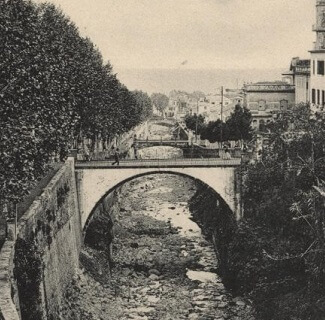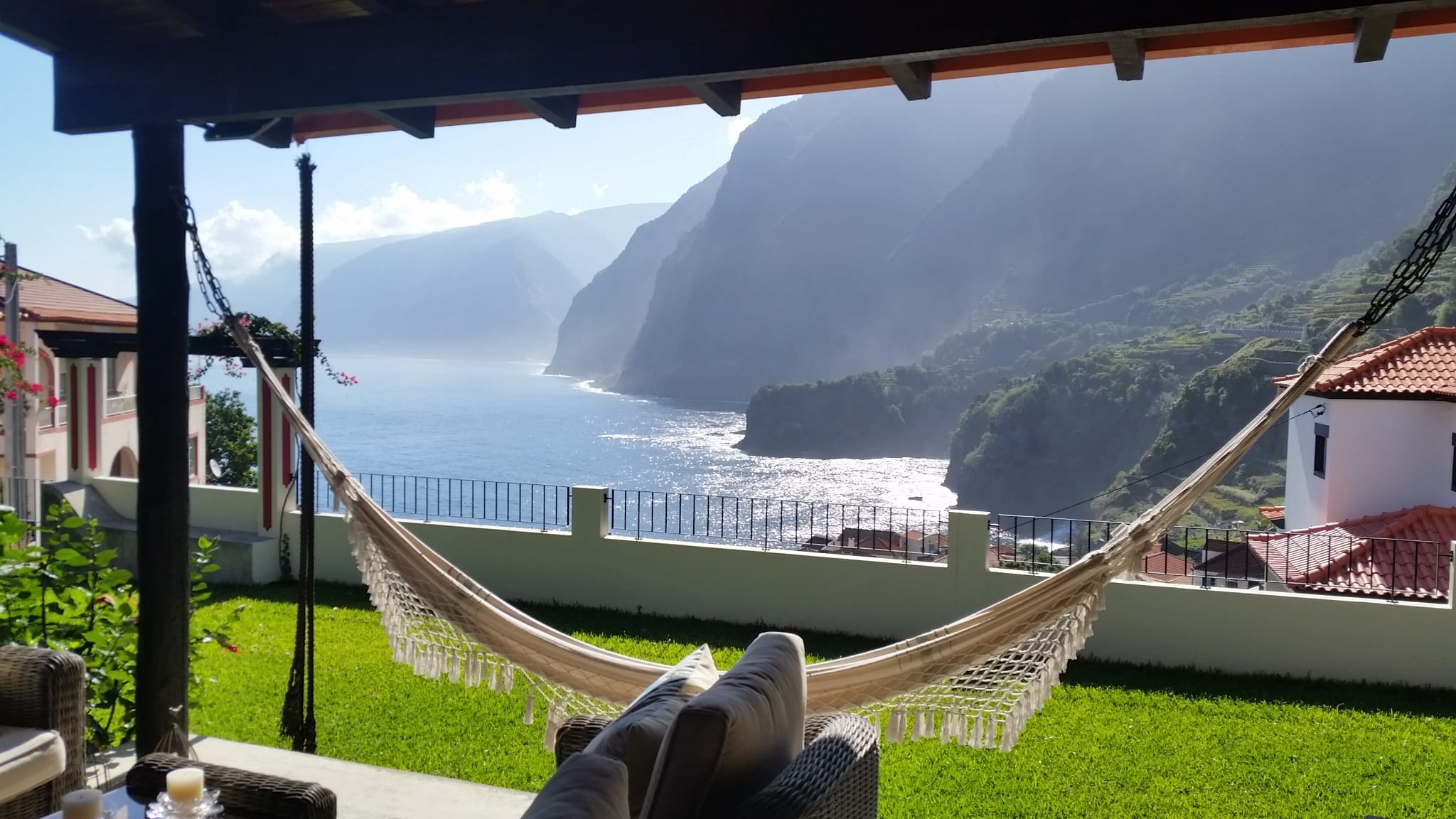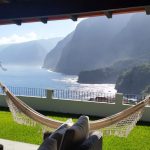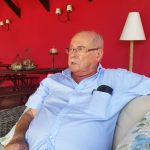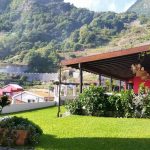

Foto: visitmadeira
On the north shore of the island, on top of the mountain and overlooking the sea, there are also levadas, and if some are probably only for specialists, there are other for more limited mortals, both in their knowledge, their technique and physical abilities.
Today’s proposal takes us to Santa (Porto Moniz), for a walk along the levada da Ribeira da Janela. This is a modern levada, designed and built to gather water for the hydroelectric plant of Ribeira da Janela. Actually, the beginning of the walk is right next to the reservoir from which the pipeline that feeds the turbines of the power plant starts.
But it’s the walk we really care about, right?
The views, all along the route, are magnificent. So much so that we recommend that you keep your eyes on where you are treading… You want to watch the scenery? So stop a while, it’l be worth it.
At the beginning you will have ample views over the whole valley of Ribeira da Janela. Watch the islet, at the mouth of the river, and village, across the valley. Very quickly the forest will go from a mixed one to a more endemic type, with many laurisilva species. Early on the path will be relatively wide, a little while later it will become even wider, but it will then narrow down, in some places quite a lot, and be protected by wires.
The support infrastructure, both to the levada and all the activities around it, is interesting. Note the mechanisms designed to minimize floating debris in the levada, both just before the reservoir and a couple of hundred metres before this, and afterwards, on the levada itself, the engines, here and there, that powered small cable cars that would haul agricultural products up to the level of the levada.
Except for the levada itself, the landscape will become less and less humanized. You’ll go through a small tunnel, and a slightly longer one a little while later. And this is where – we recommend – you should finish your walk. You have but to return to the reservoir, and to your car or bus.
This is a fairly easy walk, without great difficulties, but that may be unsuitable for people suffering (greatly) from vertigo. It also requires that one keeps alert, especially on the narrower parts.

